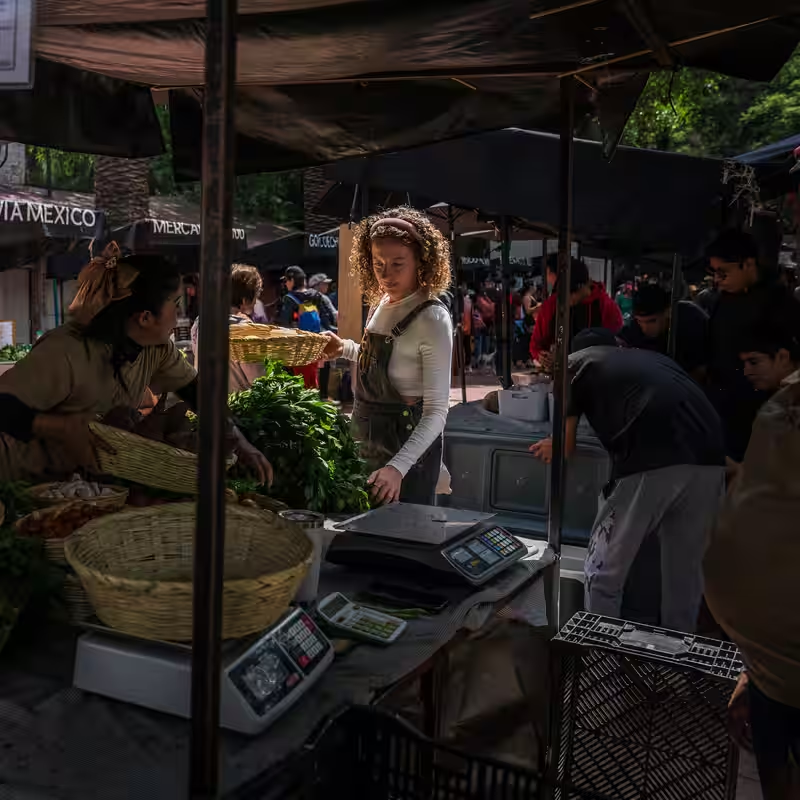The Mexico City expat wave is no longer a quiet trend—it’s a full-blown movement. Thousands of American and other foreign women are trading in their high-rent U.S. apartments and burnout careers for a fresh start in the vibrant, chaotic, and deeply inspiring capital of Mexico. But this “life reset” isn’t without controversy.
Mexico City: The New American Dream?
For Hannah McGrath, 35, the move from Los Angeles to Mexico City three years ago felt like a rebirth. Unemployed and stuck in a relationship just to split rent, she now runs a somatic therapy practice and calls the city her sanctuary. “For me, and for many others, Mexico City is where dreams come true,” she says. “There’s nothing but possibility and potential.”
McGrath’s story echoes across cafes, co-working spaces, and gelato shops in neighborhoods like Roma and Condesa—once bohemian enclaves now transformed into expat hubs. According to Mexican government data, temporary-residency permits issued to Americans in Mexico City jumped by 56% in 2024 compared to 2019. And notably, women outnumber men among American tourists visiting the capital.
Why Women Are Leading the Move
Experts and residents point to a mix of push and pull factors:
- Affordability: Rent, food, and startup costs are significantly lower than in major U.S. cities.
- Remote work flexibility: Post-pandemic digital nomadism has made relocation easier than ever.
- Community: Women-only networks like “Hermanas” offer everything from housing leads to wellness circles.
- Personal reinvention: Many arrive after career burnout, breakups, or a desire for deeper meaning.
“It’s like a modern, hipster version of ‘Eat, Pray, Love,’” says Jonathan Kalan, co-founder of Unsettled, a retreat company based in the city.
The Flip Side: Gentrification and Backlash
But not everyone is celebrating. Longtime residents say the influx has driven rents nearly double in just a few years, pushing locals out of their own neighborhoods. Slogans like “Imagine there’s no gringos” began appearing on stickers, and this summer, protests erupted in Condesa—windows were smashed, and graffiti read: “Gentrification is colonization!”
Local architect Pamela López, 35, puts it bluntly: “They feel safe here and that’s good, but it’s ironic because we Mexicanas don’t feel like it’s the safest place on the planet.” She notes that foreign women often stay in secure, gentrified zones, insulated from the realities many Mexican women face.
Business Boom—With a Side of Tension
Despite the friction, expat women are fueling a small-business renaissance:
| Entrepreneur | Business | Origin |
|---|---|---|
| Anna-Rose Lim | Amorcita (gelato & wine bar) | London |
| Unnamed | Physical therapy clinic | USA |
| Unnamed | All-natural sex products | Hungary |
| Unnamed | Bagel shop | Scotland |
These ventures create local jobs—Daniela Barrera, 22, works at Amorcita—but she admits, “Rent is so high now, many of us can’t afford to move out of our parents’ homes.”
Living in a Bubble—And Knowing It
Many expats acknowledge their insulated existence. “We’re very bubbled here,” says Mary Haberski, a former nonprofit worker from L.A. Others, like model Breanna Claye, have faced online backlash for seemingly tone-deaf posts—yet argue their lives aren’t as glamorous as they appear.
Still, the flow continues. Younger women are moving beyond the “bubble” into less-expensive districts, while older empty-nesters like 58-year-old Nelle Gretzinger say, “It’s still cheaper than Jersey City.”
What’s Next for the Mexico City Expat Wave?
While some early arrivals are now leaving—pulled back by careers or shifting local sentiment—newcomers keep arriving. The Mexico City expat wave may be evolving, but it’s far from over.
Sources
The New York Times: For These Women, the American Dream Is in Mexico City




